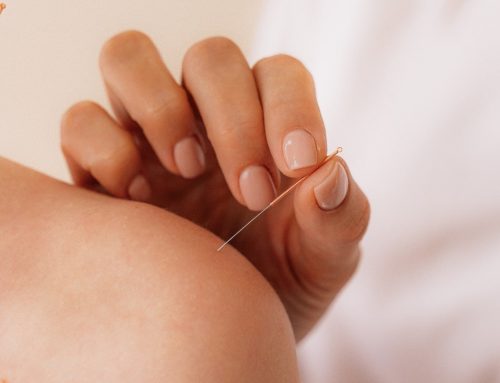Accidents can always happen when you’re on the road, even as an alert and law-abiding driver. That’s why there are 2.35 million people that experience road injuries yearly, according to the Association for Safe International Road Travel. The accidents can lead to different forms of trauma—from fractured bones or lacerations, to whiplash.
Many people overlook the commonality of whiplash injuries, but it’s an unseen head and neck injury that often happens to victims who experience a sudden, sharp jerking motion. This results in constant neck pain, stiffness, tenderness, or a dramatic drop in your range of motion. While it mostly occurs during rear-end collisions, taking a powerful blow to the head can also result in whiplash.
What Are the Usual Causes of Whiplash?
As mentioned above, most people develop whiplash injuries after experiencing a car accident. However, there are other situations or activities that can put an unnecessary amount of strain to your head and neck, such as the following:
• Contact sports
• Roller coasters
• Horseback riding
• Cycling accidents
• Falls that forces your head to jolt back and forth suddenly
• The direct impact of heavy object on the head
What to Expect When You Have Whiplash Injury
Most whiplash injuries reveal itself after 24 hours of the accident, though noticing the signs can be difficult at first, seeing as it cannot be detected under an X-ray. Instead, your doctor reaches a diagnosis using CT scans or magnetic resonance imaging (MRI).
Whiplash can include the following symptoms:
• Neck and back pain
• Neck stiffness
• Decreased range of motion
• Shoulder pain and stiffness
• Headaches, primarily at the base of the skull
• Jaw pain
• Arm pain or weakness
• Fatigue
• Pins and needles
The list above explores some of the most common physical signs, but there are cognitive red flags such as memory problems, irritability, dizziness, blurred vision, and difficulty concentrating.
Dry Needling the Sciatic Nerve to Treat Whiplash Injuries
There are various forms of physical therapy that can help soothe your whiplash injuries, but dry needling is the newest one that is taking the industry by storm. It’s very similar to acupuncture, but dry needling is a Western approach that uses needles to relieve trigger points in the body.
Dry needling for sciatica, for instance, helps loosen the tightened muscles, leading to a significant reduction in pain. Dry needling for rotator cuff injury, on the other hand, can improve mobility and restore the shoulder’s full function.
The Bottom Line: Treating Whiplash Injuries Using Dry Needling and Chiropractic Care
Whether you’re dealing with the aftermaths of a traffic accident or managing chronic whiplash, it’s a physical condition that can significantly decrease the quality of life for many patients. Physical therapy and exercises are some of the best ways to treat the injury, but adding innovative solutions like dry needling and chiropractic care to the plan can speed up the recovery process in more ways than one.
Hiring the Right Dry Needle Practitioner
Since dry needling involves the insertion of needles precisely and directly into your trigger points to relieve pain, hiring a certified practitioner is crucial in order to get the best treatment and results. At Dry Needle Pain Relief in Jacksonville, our certified practitioners offer dry needling services tailored to your exact needs. So, if you’re looking for a quick way to relieve the pain from your whiplash injury, give us a call today.








Leave A Comment